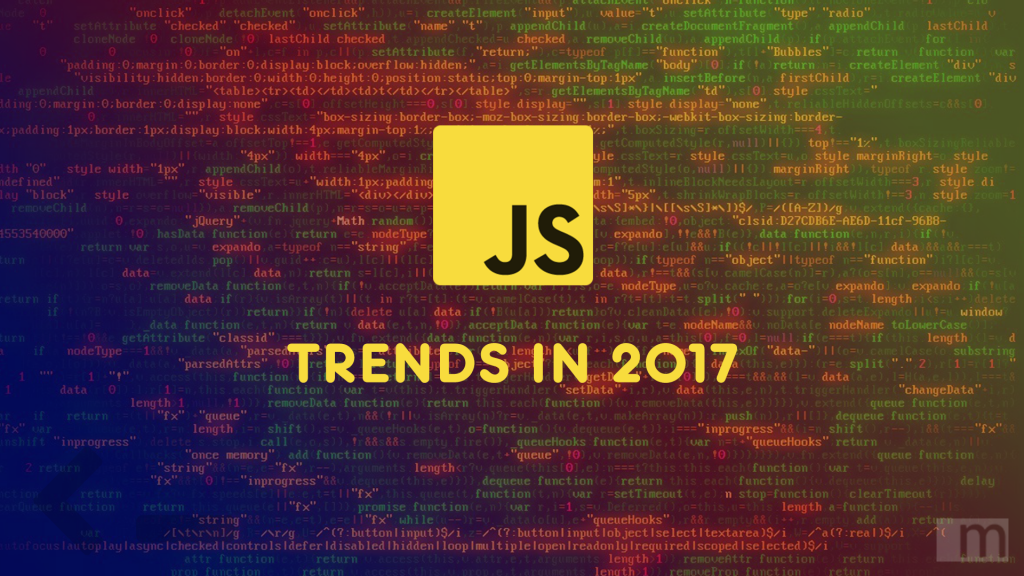Java script evolution continues
If you have been using Javascript you probably are aware but if you are picking it up again for another project of yours this article will help you know the best things that have happened to the technology recently.
Javascript has been constantly evolving to meet the challenges of the newer applications that use it. Listed below are some of the most important technologies to know this year.
JavaScript fundamentals
ES6:
Is a major update to JavaScript that includes several of new features. The current version of JavaScript is ES7 .
Built-in methods:
The beauty of these function are, you can use these functions with any Javascript built in object such as String , Number, Date, RegExp, Array.
Callbacks:
The functions are used to send messages about task completion to take further actions, for further processing based on the task.
Most popular javascript Frameworks
React
React makes it painless to create interactive UIs. React is based on component logic so you can easily pass rich data through your app and keep state out of the DOM. React can also render on the server using Node and power mobile apps using React Native.
Here are some of the React tools that are going to stay relevant for at least another year
Chrome dev tool:
Set of web authoring and debugging tools built into Google Chrome. Use the DevTools to debug and profile your site.
Babel:
This compiler used to compile ES6 and writing next generation javascript
Webpack:
Webpack is a module builder for latest JavaScript applications. It’s a project builder, Used to build React web app and angular projects also.
Angular2+
AngularJS has become one of the most popular open source JavaScript frameworks of web application development. Angular 2+ is the successor to the Angular framework.
Yoemon:
Angular project generator
Grunt:
Runs angular project in local server and compiles angular project
Bower:
Download required libraries for angular project throw Bower.
Node.js
Modernizing systems and processes has become a top priority for businesses across all verticals. In simplest terms, digital transformation is “the use of technology to radically improve performance or (business) reach.” Node.js is emerging as the de facto choice for companies looking to build the apps to achieve greater agility and drive Digital Transformation.
There are many great reasons to use Node.js. Here are two main of them, why you should love Node.js
- If you are already a javascript developer or you know a javascript then you should start writing an API’s using Node.Js.
- Node.Js is fast. It’s a JavaScript runtime that uses the V8 engine which allows you to build fast.
Keep checking back for more information on tech trends in Javascript, PHP and AI on https://www.mantralabsglobal.com/
Knowledge thats worth delivered in your inbox





